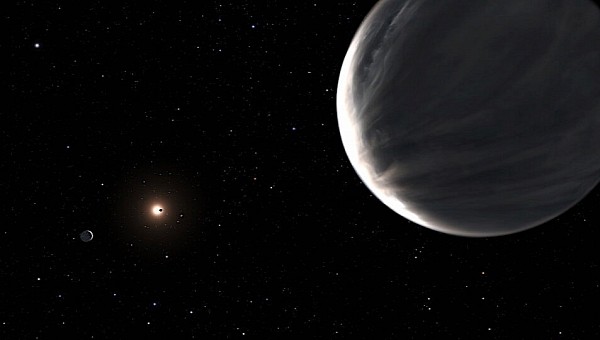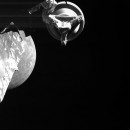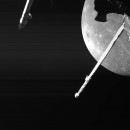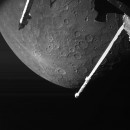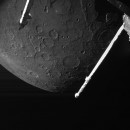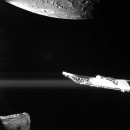The presence of water is essential for life as we know it to exist. For a long time, we believed Earth was the only planet to have this liquid. Now we know it's quite widespread in the Universe, but we are yet to directly detect it on a planet outside our solar system.
A most recent discovery, published this week by a team from the University of Montreal in the Nature Astronomy journal, does not change the fact we didn't directly detect water on another world, but it comes pretty close to confirming other balls of rock floating in this vast Universe of ours could be literally flooded with the stuff.
By looking at data gathered by two telescopes, the Hubble and Spitzer, a team led by Caroline Piaulet was able to conclude two planets located 218 light years from our planet, in a system called Kepler-138, have a significant fraction of their volume occupied by water.
The two planets, unlike any in our solar system, are called Kepler-138 c and Kepler-138 d, and both have three times the volume of Earth and twice the mass, yet they both have lower densities.
Using specific tools and methods, scientists found that up to half of each planet is made of "materials that are lighter than rock but heavier than hydrogen or helium." The most common material with these properties is water, hence the conclusion reached in the paper.
"We previously thought that planets that were a bit larger than Earth were big balls of metal and rock, like scaled-up versions of Earth, and that's why we called them super-Earths," said in a statement Björn Benneke, part of the team behind the research.
"However, we have now shown that these two planets, Kepler-138 c and d, are quite different in nature and that a large fraction of their entire volume is likely composed of water. It is the best evidence yet for water worlds, a type of planet that was theorized by astronomers to exist for a long time."
Before you get all excited at the prospect of alien beings going to the beach and surfing on oceans on another world, you should know scientists warn water on these two worlds might not be present directly on the surface, or even in a state familiar to us.
That's because when it comes to Kepler-138 d, for instance, temperatures are above water's boiling point. That means it's likely covered in a thick layer of steam, and under that liquid water at high pressure or in supercritical fluid state – not solid, but neither liquid or gas either - could be present.
By looking at data gathered by two telescopes, the Hubble and Spitzer, a team led by Caroline Piaulet was able to conclude two planets located 218 light years from our planet, in a system called Kepler-138, have a significant fraction of their volume occupied by water.
The two planets, unlike any in our solar system, are called Kepler-138 c and Kepler-138 d, and both have three times the volume of Earth and twice the mass, yet they both have lower densities.
Using specific tools and methods, scientists found that up to half of each planet is made of "materials that are lighter than rock but heavier than hydrogen or helium." The most common material with these properties is water, hence the conclusion reached in the paper.
"We previously thought that planets that were a bit larger than Earth were big balls of metal and rock, like scaled-up versions of Earth, and that's why we called them super-Earths," said in a statement Björn Benneke, part of the team behind the research.
"However, we have now shown that these two planets, Kepler-138 c and d, are quite different in nature and that a large fraction of their entire volume is likely composed of water. It is the best evidence yet for water worlds, a type of planet that was theorized by astronomers to exist for a long time."
Before you get all excited at the prospect of alien beings going to the beach and surfing on oceans on another world, you should know scientists warn water on these two worlds might not be present directly on the surface, or even in a state familiar to us.
That's because when it comes to Kepler-138 d, for instance, temperatures are above water's boiling point. That means it's likely covered in a thick layer of steam, and under that liquid water at high pressure or in supercritical fluid state – not solid, but neither liquid or gas either - could be present.
